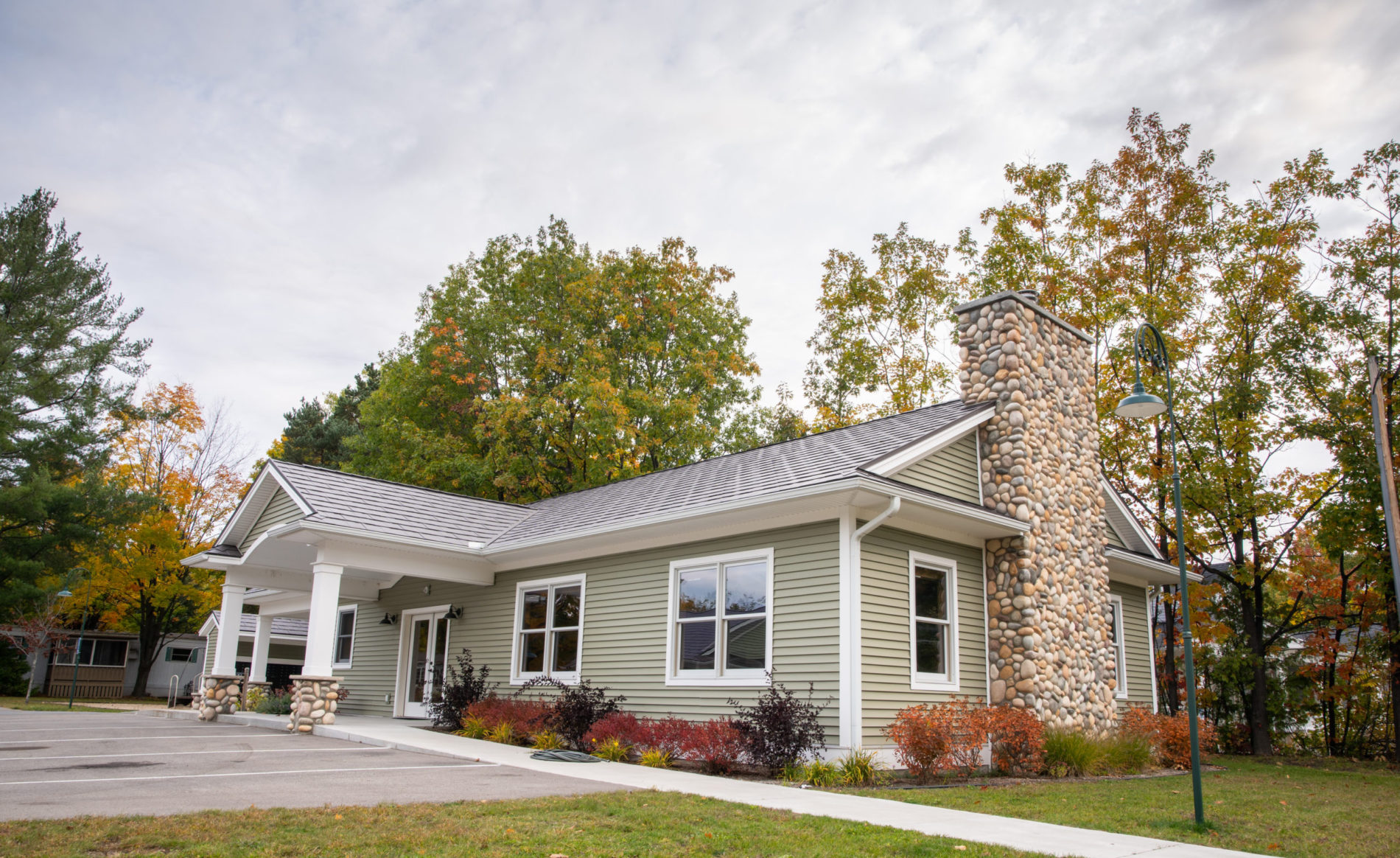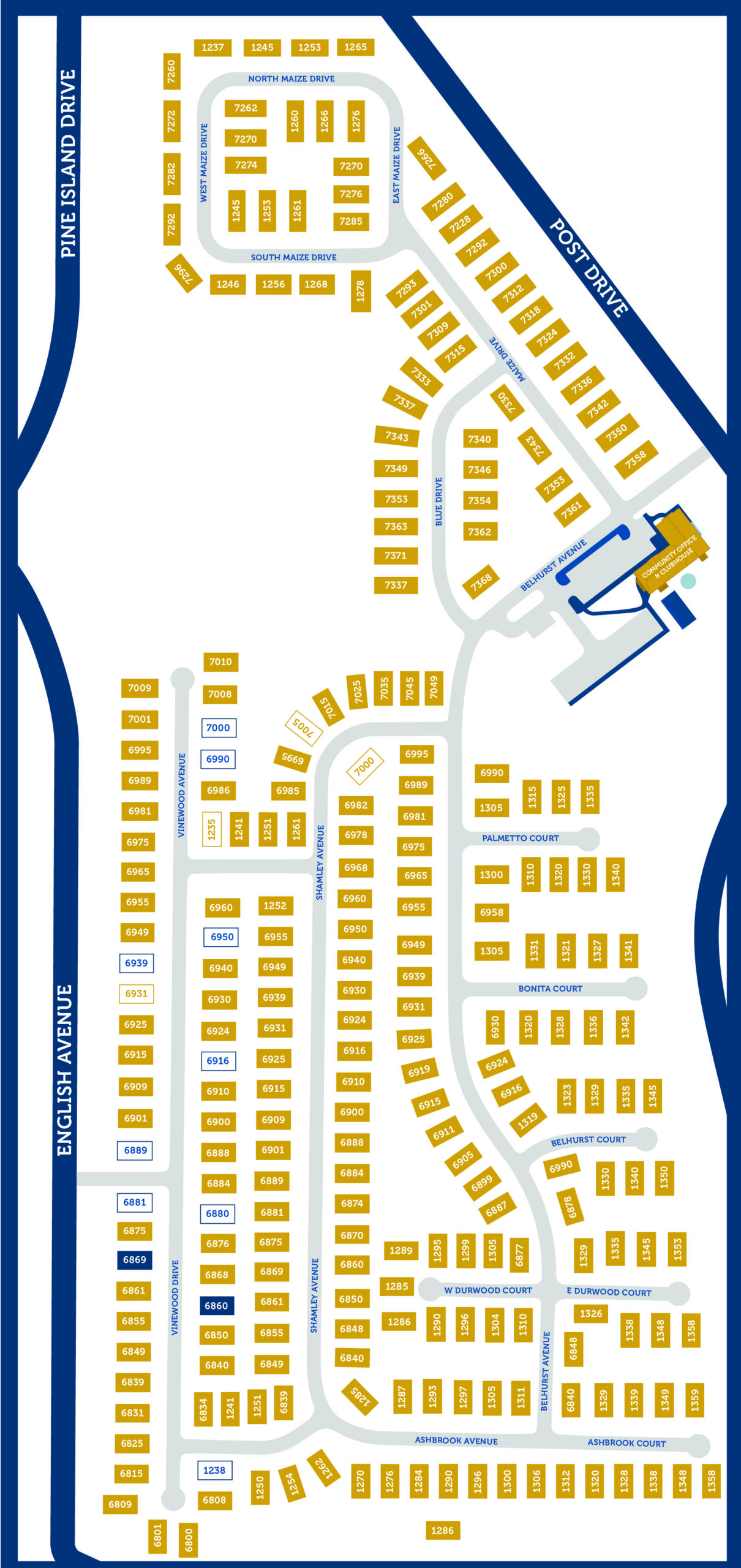From the Blog
Modular vs. Manufactured Homes: 3 Key Differences
In a world where terms like “mobile,” “modular,” and “manufactured” are used interchangeably when speaking about homes, you might be surprised to learn that there are actually fundamental differences between the two. When it comes to deciding what kind of prefabricated home is right for you, it is important to realize the differences between modular and manufactured homes so you can make the most educated decision.
What does the construction process look like?
Both modular and manufactured homes are pre-built in an off-site facility, meaning that they are not constructed where the home will eventually stand. Building a home in one of these facilities ensures no weather delays, streamlined supply-chain management, and control over costs of production.
Modular Homes: Modular homes are built in off-site facilities and must adhere to local and state building codes, unlike manufactured homes built to federal codes set by the United States Department of Housing and Urban Development. Modular homes are built in sections, which are then loaded onto flatbed trucks before heading out to their eventual destination. A contractor then joins them to standard permanent foundations, unlike manufactured homes which often sit on blocks or metal piers. Once they are connected to the foundation, modular homes can not be moved like manufactured homes can.
Manufactured Homes: Manufactured homes, like modular homes, are built in off-site facilities away from where they will live permanently. Unlike modular homes, manufactured homes are completely assembled offsite and come in single-, double-, and even triple-wide. These houses are built to federal codes laid out by the Department of Housing and Urban Development and aren’t always restricted by local and state regulations. Manufactured homes are constructed atop a steel chassis and then put on wheels before heading out to their intended destinations. When they arrive, the wheels are often removed, and skirting is added to make the home appear more permanent, although manufactured homes can be moved multiple times. Manufactured homes are often placed on blocks or metal piers, but can be used on permanent foundations as well.
How much can you customize and design your modular or manufactured home?
The years have been kind to the prefabricated home industry and due to increased popularity, there are many design options available for both modular and manufactured homes. Many of today’s modular and manufactured homes are indistinguishable from site-built homes meaning savings for the homeowner without sacrificing curb appeal. While design options change from one prefabricated home manufacturer to the next, you can rest assured that most have a variety of interior and exterior finishes for you to choose from. Modular homes are often the most indistinguishable from site-built homes as you can remove non-load-bearing walls and even add garages and attics. Manufactured homes can also include these amenities, but can be restrictive when it comes to the layout of the house itself.
Differences in price (and why!)
Both manufactured and modular homes have a lower price tag than their site-built counterparts. This is due to many benefits, such as the fact that building a home inside a factory eliminates weather delays. In addition, prefabricated home manufacturers often have existing supply chains that ensure access to needed materials. The factory environment also allows homes to be finished faster than when built on site. These savings get passed on directly to the consumer, making it possible for people to take their first steps toward homeownership more quickly.
Modular homes are affixed to a permanent foundation and built to both state and local codes, and because of this, modular homes are seen as “real” property. This means that there are the same financing options available to modular home buyers as site-built home buyers. Modular homes also increase in value over time, unlike manufactured homes, due to their durability and permanence. On the other hand, this makes them cost more than the average manufactured home.
Manufactured homes can be moved to different locations because they only have to be up to code laid out by the Department of Housing and Urban Development (instead of all state and local codes). Consequently, manufactured homes are seen as personal or chattel property, so they do not have the same financing options as site-built and modular homes.
Of course, don’t forget to make sure that the property you wish to place your home on allows manufactured homes to be placed there, as some local ordinances will prohibit such activity. However, because manufactured homes are seen as personal property, they do not require inspection once placed, saving the consumer money.
What happened to mobile homes?
We’ll let you in on a not-so-secret secret: manufactured homes are what we once considered mobile homes. The common vernacular only changed due to the National Mobile Home Construction and Safety Standards Act, which was quickly followed by the Housing and Urban Development Code AND the Housing Act of 1980. Since then, it’s mandated that the term “manufactured” be used in place of “mobile” in all federal laws and literature that reference homes built after 1976. Now, the terms “mobile homes” and “manufactured homes” are often used interchangeably.
Reach out today and let us help!
We hope that this crash course in the differences between manufactured and modular homes has helped you understand just how different AND similar these two types of homes are. Maybe you like the financing options of modular homes, or maybe it’s the flexibility of having a manufactured home that can move with you from place to place. Either way, prefabricated homes offer benefits to every type of homeowner. For more information on prefabricated homes and where you can put them, reach out to us at Aspire Communities. We’ll get you into the home of your dreams in no time!
Check Out These Resources Pages To Learn More:




